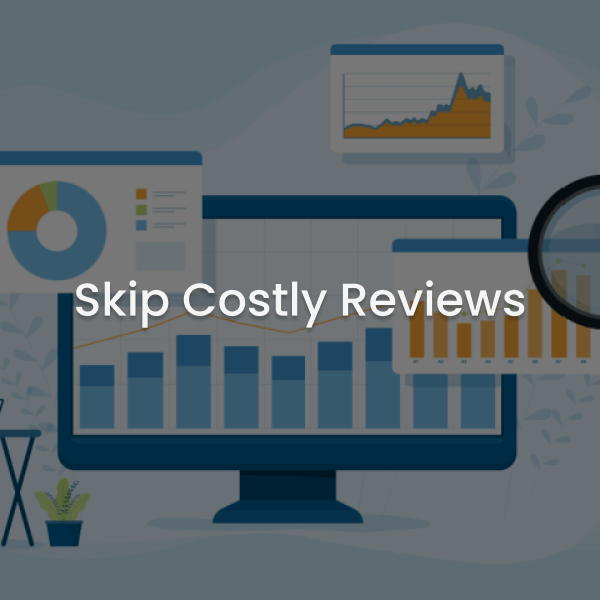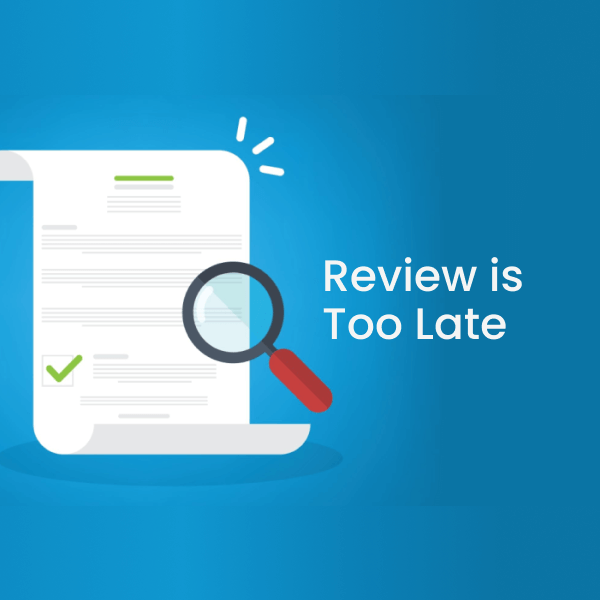The added component of proportionality in the rule 26 (b) (1) of the FRCP in 2015 has raised a lot of eyebrows. The total number of Discovery proportionality case disputes have increased from 313 in 2017 to 1206 in 2021. This is what makes it the talk of the town when it comes to eDiscovery.
Rule 26 (b) (1) of FRCP
Previously, rule 26 (b) (1) of the Federal Rules of Civil Procedures defined the scope of eDiscovery to extend to any relevant documents. However, in December of 2015, a new component of 'Proportionality' was added to the existing definition of the rule.
Discovery Proportionality vs Relevance
In essence, proportionality with regards to rule 26 (b) (1) means that if the burden is disproportionate to the potential relevance of eDiscovery, the defendant has the right to appeal to the court to stop the eDiscovery process. It lays out a required consideration on behalf of the plaintiff regarding the cost and difficulty of eDiscovery towards the defendant. If the defendant can prove that the cost of finding the documents asked by the plaintiff will disproportionately outweigh the value of the evidence it would provide; the judiciary has the right to overturn the proposal of eDiscovery in favour of the defendant. Also, the burden of proving proportionality will not be placed on the plaintiff and the decision of the judiciary would be final.
To delve a little deeper into how proportionality and relevance impact the eDiscovery process, let's look at a couple of real-life litigation cases :
In the Arizona district, a group of patients filed a litigation action against a medical device manufacturer. The patients wanted discovery of all the communications between the defendant and the foreign regulators. The court concluded that most of the communications originated inside the US and communications with foreign regulators need not be disclosed even if it's marginally relevant to the case. The defendant also pointed out the burden accompanying the eDiscovery request. This convinced the judiciary to avoid going ahead with the eDiscovery. The judiciary split its analysis into two parts, namely relevance and proportionality. With a careful emphasis on both these parts, it concluded that the cost incurred to discover new information outweighed the relevance towards the case.
Conversely, in a different case filed in Texas, the plaintiff was injured in an automobile accident and was denied coverage on some claims by an insurance company. The Texas court didn't split the eDiscovery decision into two parts as it was following the conventional process of defining the scope of eDiscovery. Its emphasis was only on identifying relevant evidence, regardless of its proportionately to the needs of the case. It was found out that the court's discussion relied on committee notes from 1983. So even when the case was filed post December 2015, the decision was made based on an earlier understanding of the rule.
The Texas court followed a conventional approach towards eDiscovery even after new amendments were made to the rule. Oftentimes, following the relevance approach can be a bane for defendants, considering the difficulty in managing dark data within an organization.
Influence of Dark Data
With the volume of data growing exponentially, organizations are not always able to find and assess all the potentially relevant documents during early case assessment. This can result in a limited view of the evidence, which may lead to a negative impact if revealed later in the eDiscovery process.
A technology which can shrink the amount of data to be processed and reviewed for early case assessment can address the problem of Discovery proportionality. It will enable the defendant to know the exact number of relevant custodians to the case, as well as total documents. Thus, a strong left-hand side of the EDRM cycle is required to identify and preserve relevant custodians, by searching the “beach” rather than the sandbox.
It can help the defendant in many ways:
First, it can reduce the amount of data that needs to be processed for reviewing by strengthening the left-hand side of the EDRM cycle.
Second, it can give the defendant leverage during keyword negotiation if the plaintiff is asking for documents which are not proportional and only marginally relevant to the case.
Third, it can save the defendant’s time and money by making informed decisions in early case assessment.
ZL specializes in the art of taking control of the left-hand side of the EDRM cycle by managing dark data, searching across the enterprise, and analyzing the findings with search-term hit analysis to make informed decisions during early case assessment.



